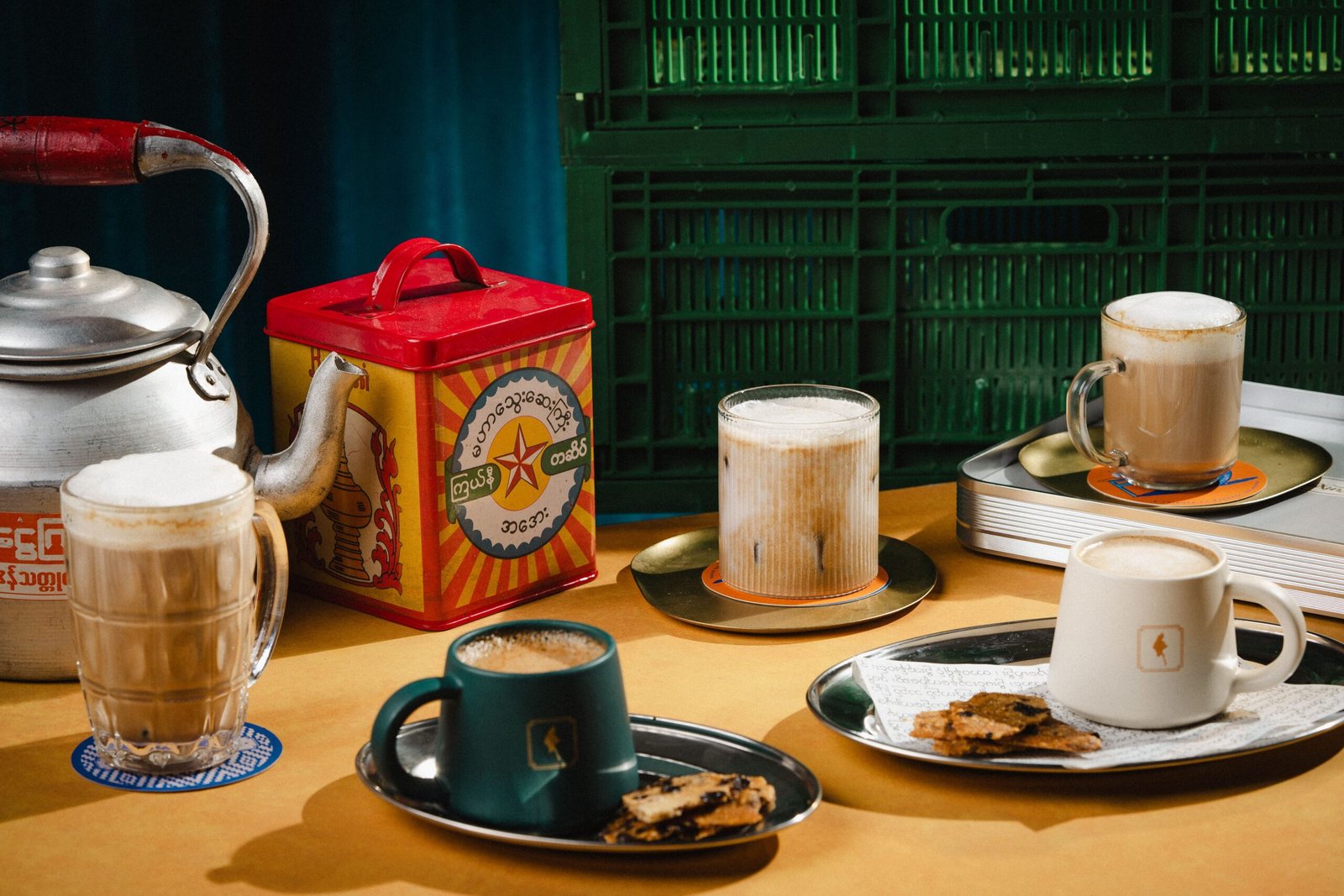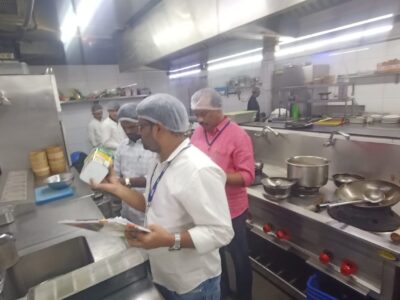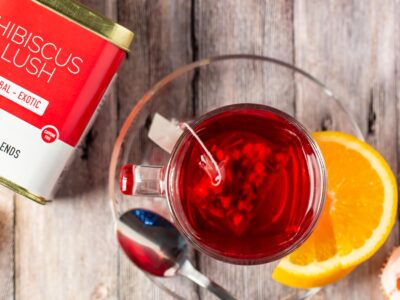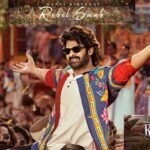Burmese Tea Shops are living, breathing spaces of culture, community, and culinary richness, where friendships brew and stories simmer over endless cups of steaming Burmese Milk Tea or Laphet Yay,” says Ankit Gupta, co-founder of Burma Burma.
In Burma (Myanmar), tea shops are far more than places to grab a drink — they are the heart of community life. From the bustling avenues of Yangon to the quiet lanes of Bagan, they serve as cultural crossroads, where conversations flow as easily as tea is poured. Politics, poetry, business, and banter all find a place around wooden tables accompanied by steaming cups of tea and plates of snacks.
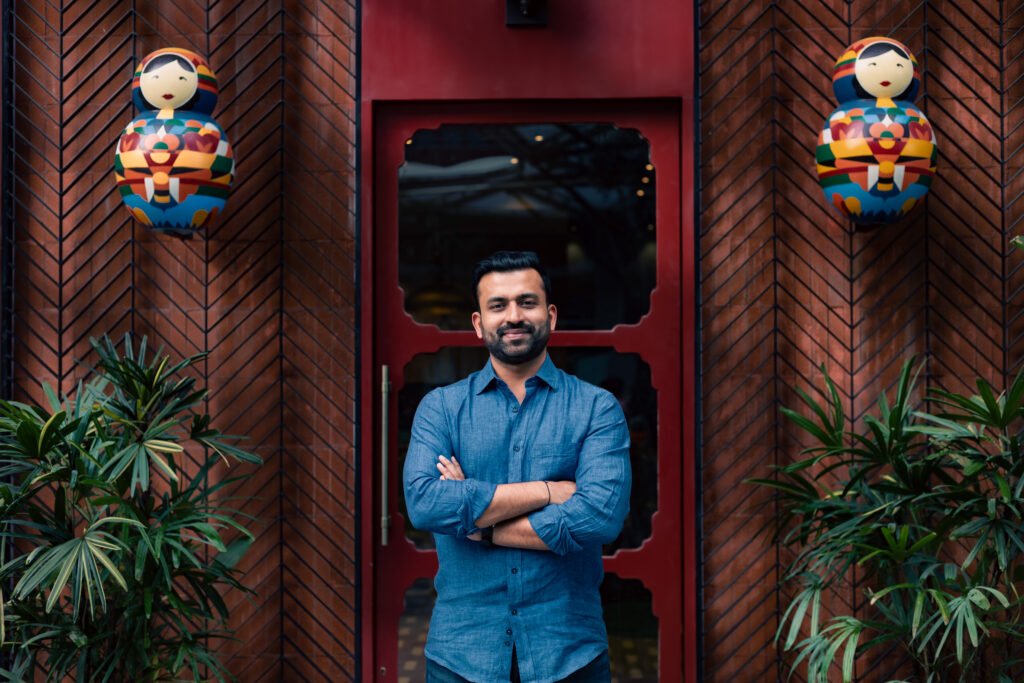
Ankit Gupta, co-founder of Burma Burma.
Burmese Tea Shops – A Tradition Rooted in History
The Burmese tea shop tradition dates back to the colonial era, influenced initially by Chinese tea culture but soon becoming distinctly Burmese. Strong black tea, softened with condensed and evaporated milk, became the hallmark — a comforting blend that locals sip from dawn to dusk. Over time, tea shops became the living rooms of Burma, spaces where ideas were debated, friendships deepened, and everyday life unfolded.
“Tea shops embody warmth, hospitality, and belonging. To walk into a Burmese tea shop is to step into the soul of Burmese society,” Gupta reflects.
Personal Journeys, Shared Flavours
For Gupta and his team at Burma Burma, this connection is deeply personal. “Over the years, our culinary team — led by Chef Ansab Khan and myself — travelled extensively across Burma. We sipped countless cups of milk tea, learned from seasoned tea masters, and soaked in the vibrancy of these spaces. That journey became the foundation of our reimagined tea shop experience,” he shares.
The experiences that stayed with them were often the simplest: roadside vendors in Yangon pulling tea dramatically between cups, or the bustling markets of Bagan where creamy milk tea was served alongside hearty snacks.
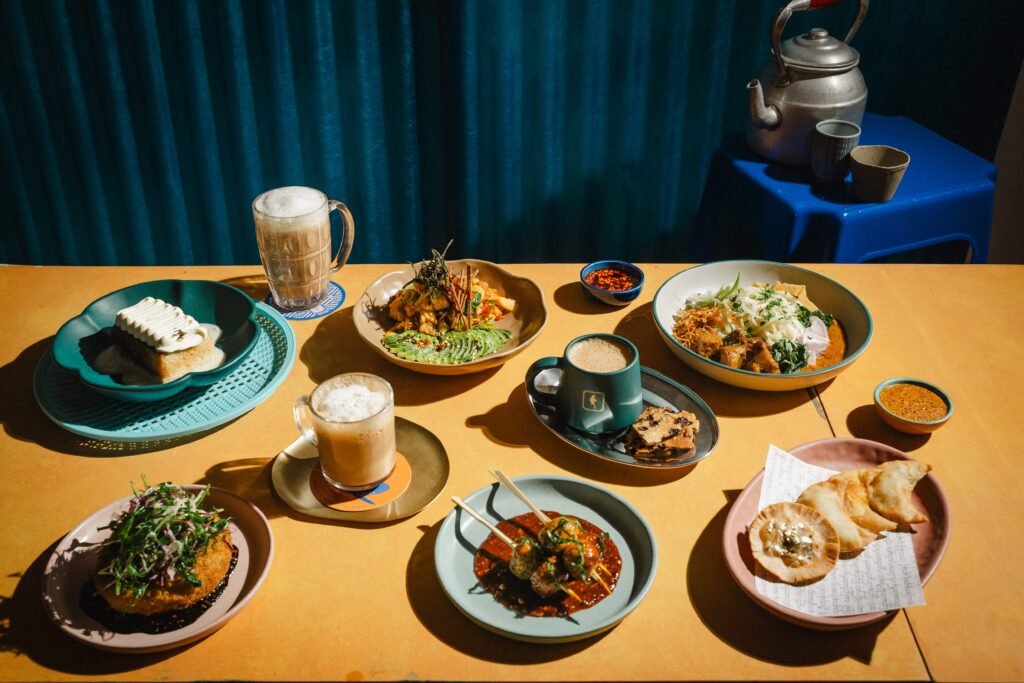
Beyond the Cup
A Burmese tea shop menu is a study in balance. It’s never just tea — but tea with something crisp, something hearty, something sweet. Dumplings, croquettes, skewers, noodle bowls, and toast are staples that complete the experience. “Tea may be the centrepiece, but what makes tea shops so special is the way food and conversation flow around it,” says Gupta.
Among these, the Burmese Pulled Milk Tea is perhaps the most iconic. Strong, sweet, and silky, it instantly transports one to Burma’s streets. For a meal, the Tea Shop Noodle Bowl — hearty and comforting — captures the soul of this tradition, while the indulgent Tea Shop Toast adds a sweet finale.
A Modern Reimagining
Bringing this culture to India meant preserving its essence while giving it a contemporary lens. “We wanted to keep the spirit of Burmese tea shops alive while adapting it for the Indian diner. That meant bold, creamy teas, crispy snacks, hearty noodles — all served with Burma Burma’s signature flair,” Gupta explains.
Through this, Burma Burma isn’t just offering a menu — it’s offering a cultural bridge. Each cup and plate tells a story of nostalgia, travel, and the warmth of Burmese hospitality.
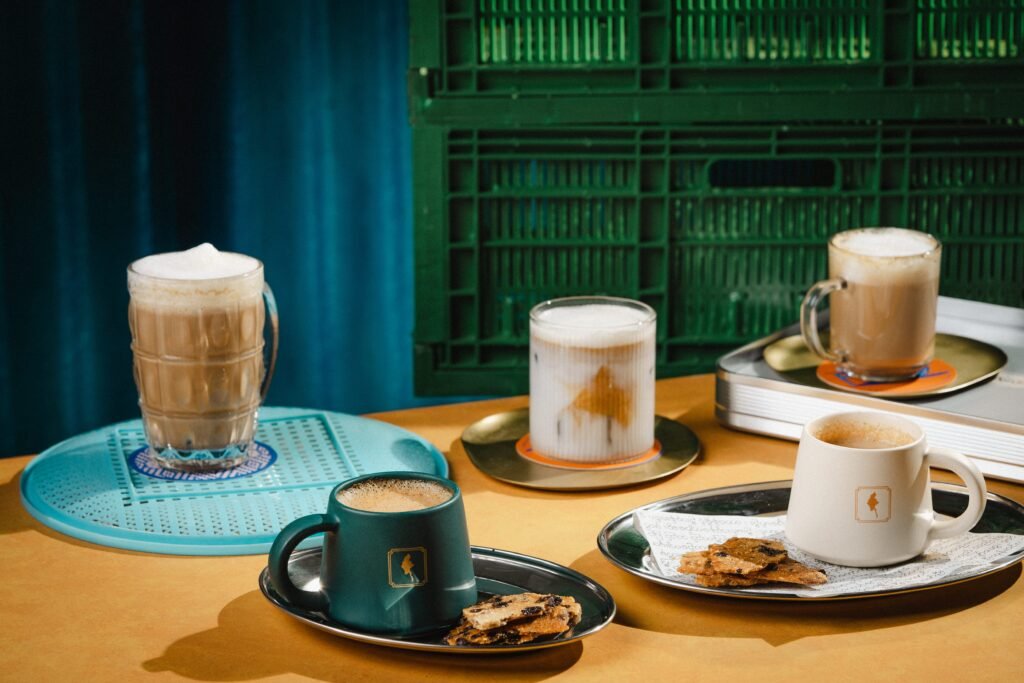
From Tradition to Today
This September, diners can experience that bridge first-hand through From Burma, With Tea — a limited-edition tea shop-inspired menu available across Burma Burma restaurants in India until September 30, 2025. The spread features classic and creative teas like the indulgent Yangon Royal Tea, refreshing Coconut Iced Tea, and creamy Bagan Tea, alongside an array of comforting bites.
But long after the promotion ends, the story of Burmese tea shops continues to resonate. In every sip of milk tea and every shared plate lies a reminder of Burma’s timeless traditions — traditions that connect people not just to a cuisine, but to a way of life.


